Kingdom Animalia Order Araneae Scientific name Cheiracanthium Rank Genus | Phylum Arthropoda Family Eutichuridae Higher classification Eutichuridae | |
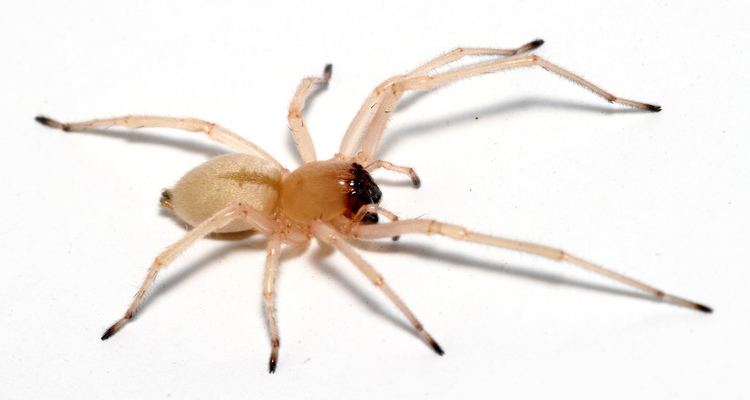 | ||
Lower classifications Cheiracanthium punctorium, Cheiracanthium mildei, Cheiracanthium inclusum | ||
Yellow sack spider eating potato cheiracanthium
Cheiracanthium is a genus of spiders in the Eutichuridae family. Certain species are commonly known as the "yellow sac spider".
Contents
- Yellow sack spider eating potato cheiracanthium
- Yellow sac spider cheiracanthium punctorium loire valley france
- Description
- Distribution
- Venom
- Attraction to vehicle engines
- References
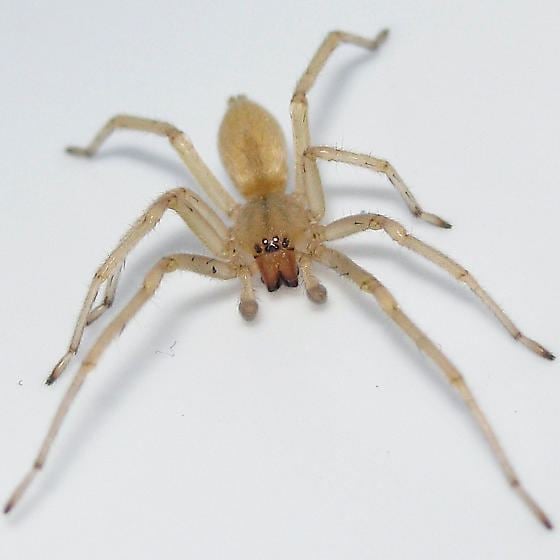
Yellow sac spider cheiracanthium punctorium loire valley france
Description
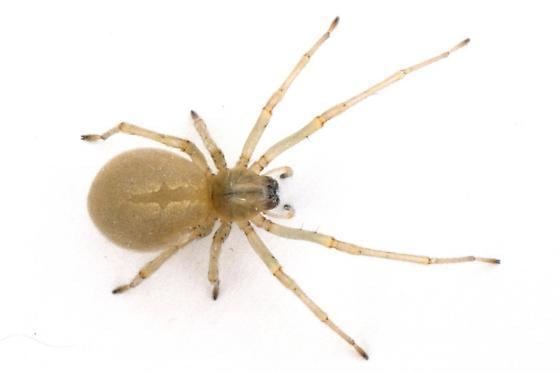
Cheiracanthium are usually pale in colour, and have an abdomen that can range from yellow to beige. Both sexes range in size from 5 to 10 mm. Some yellow sac spiders are attracted to the smell of volatiles in gasoline. Of all "common house spiders", they are the only species whose tarsi do not point either outward (like Tegenaria) or inward (like Araneus), and are therefore easy to identify.
Distribution
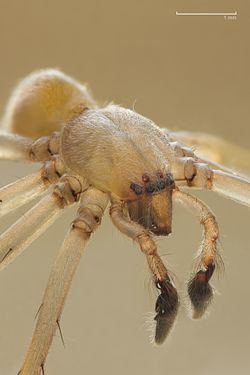
Cheiracanthium is primarily an Old World genus, with many species found from northern Europe to Japan, from Southern Africa to India and Australia. The only known species in the New World are C. inclusum and C. mildei. While the former also occurs in Africa and Réunion, the latter is found in the Holarctic region and Argentina. They can also be found in the lower mainland of British Columbia, Canada.
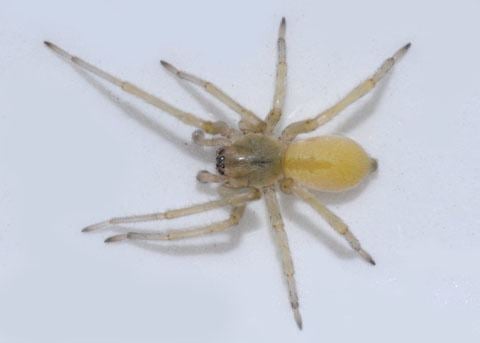
The genus is quite diverse in Africa and at least three or four species are known to occur in Egyptian cotton fields alone. Members of Cheiracanthium are documented beneficial predators in agricultural fields and are also known to be mildly venomous to humans. The yellow sac spider, Cheiracanthium inclusum, has been studied more than the other species in regard to its role in controlling pest insects in the southeastern United States.
Venom
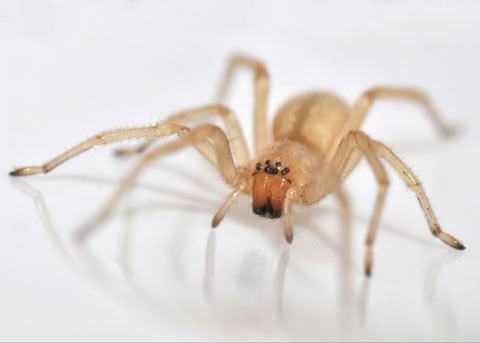
Cheiracanthium venom is purportedly necrotic, and it could cause a small lesion in humans. However, both the necrotic nature and severity of the spider's bite have been disputed. Because of the possibly necrotic nature of the wound, MRSA infection is a danger and victims are advised to seek medical treatment. Painful bites may be incurred from species such as C. punctorium in Europe, C. mildei in Europe and North America, C. inclusum in the Americas, C. lawrencei in South Africa and C. japonicum in Japan.
Attraction to vehicle engines
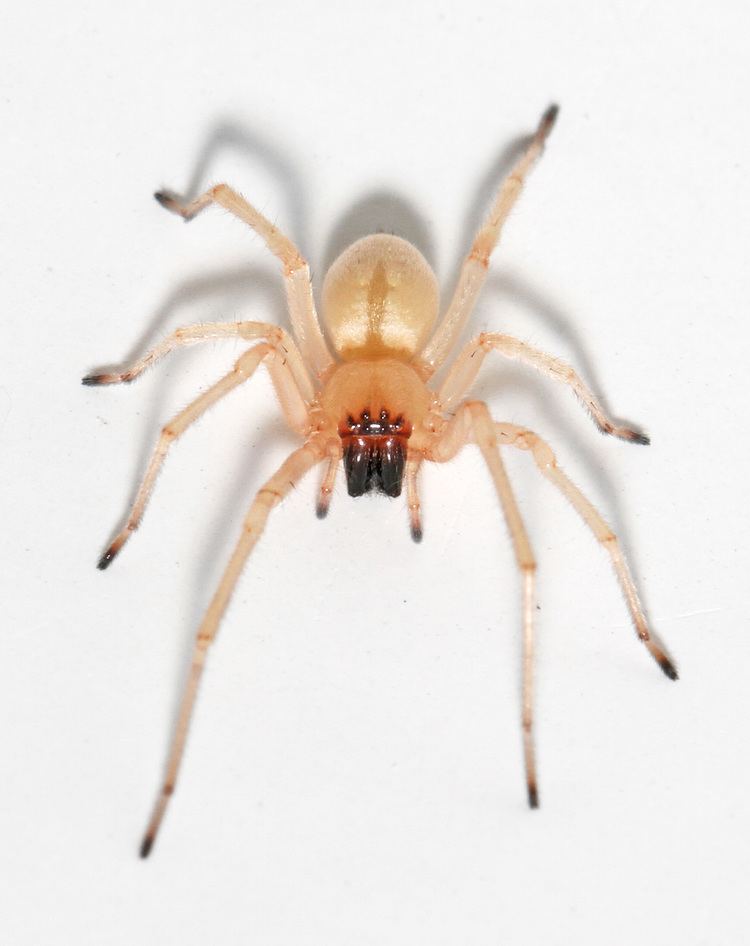
An unspecified Cheiracanthium species is attracted to the smell of petroleum and has caused problems by weaving webs inside the canister vent of particular models of Mazda vehicles, resulting in blockages and build-up of pressure that could potentially cause fuel leakage from the fuel tank and an increased risk of fire. Mazda issued a voluntary recall of Mazda 6 models built between 2010-2012, to fit them with software which would alert drivers if problems were developing.
